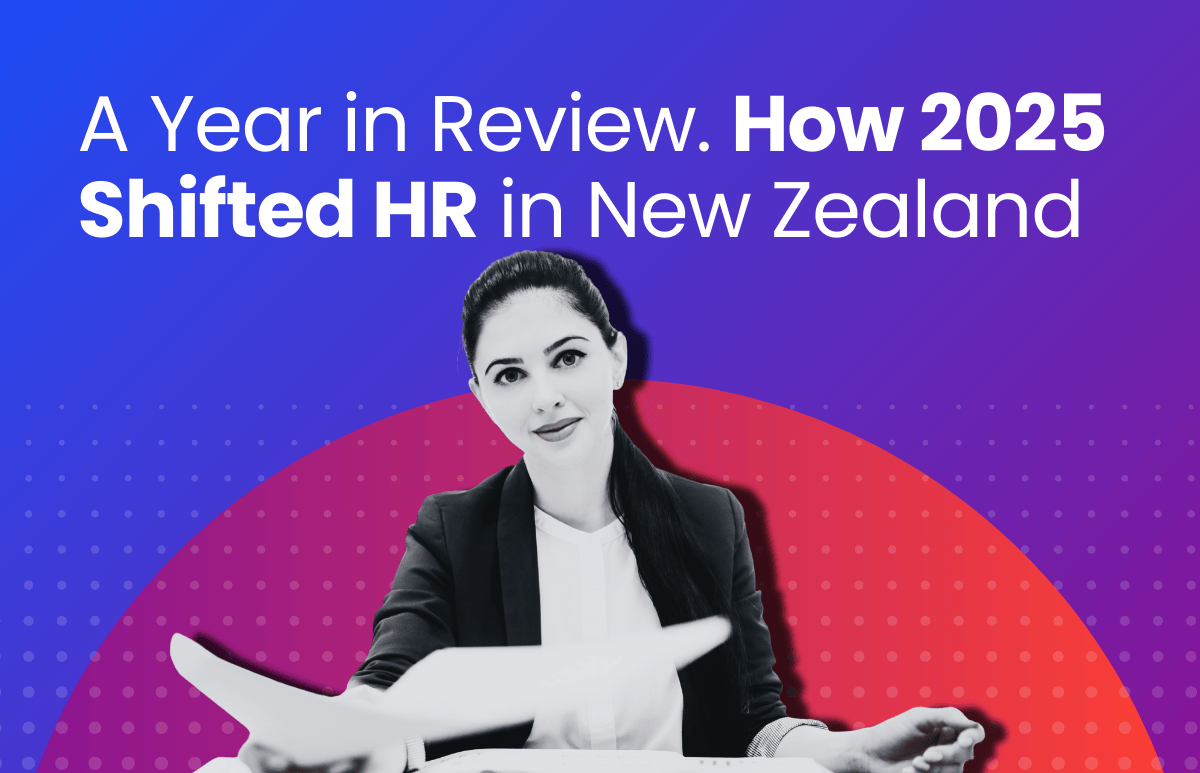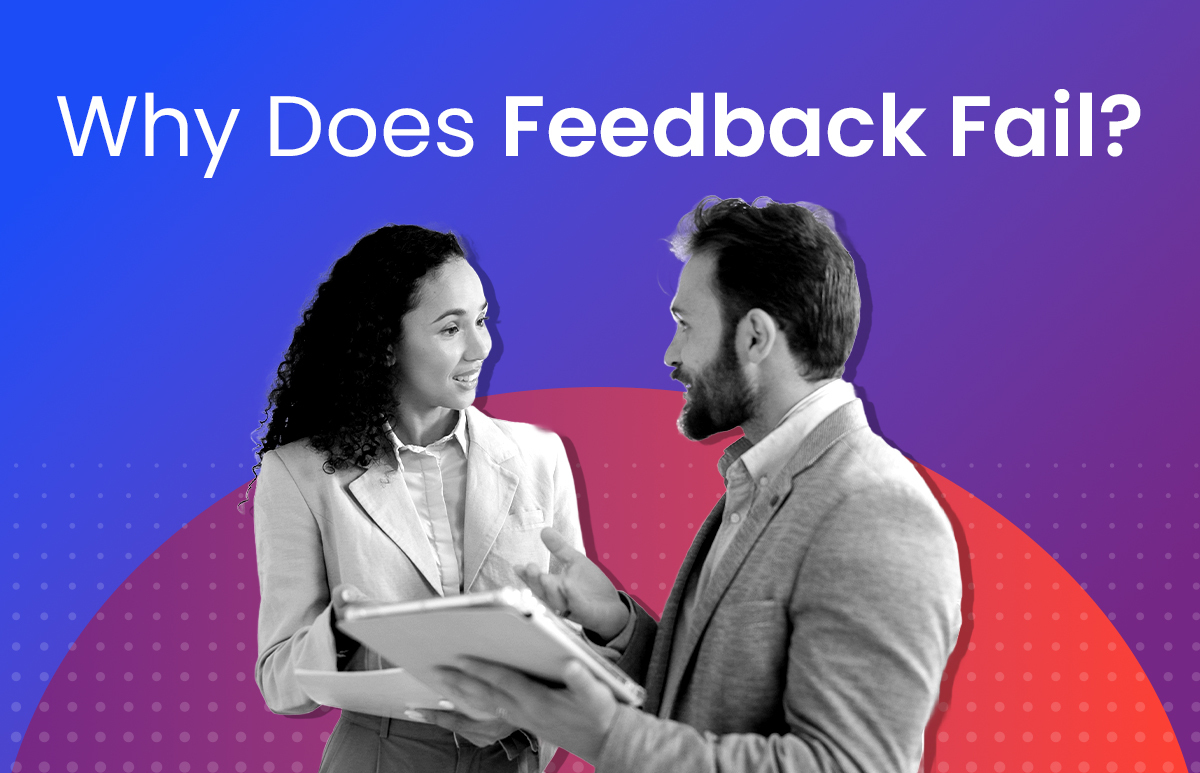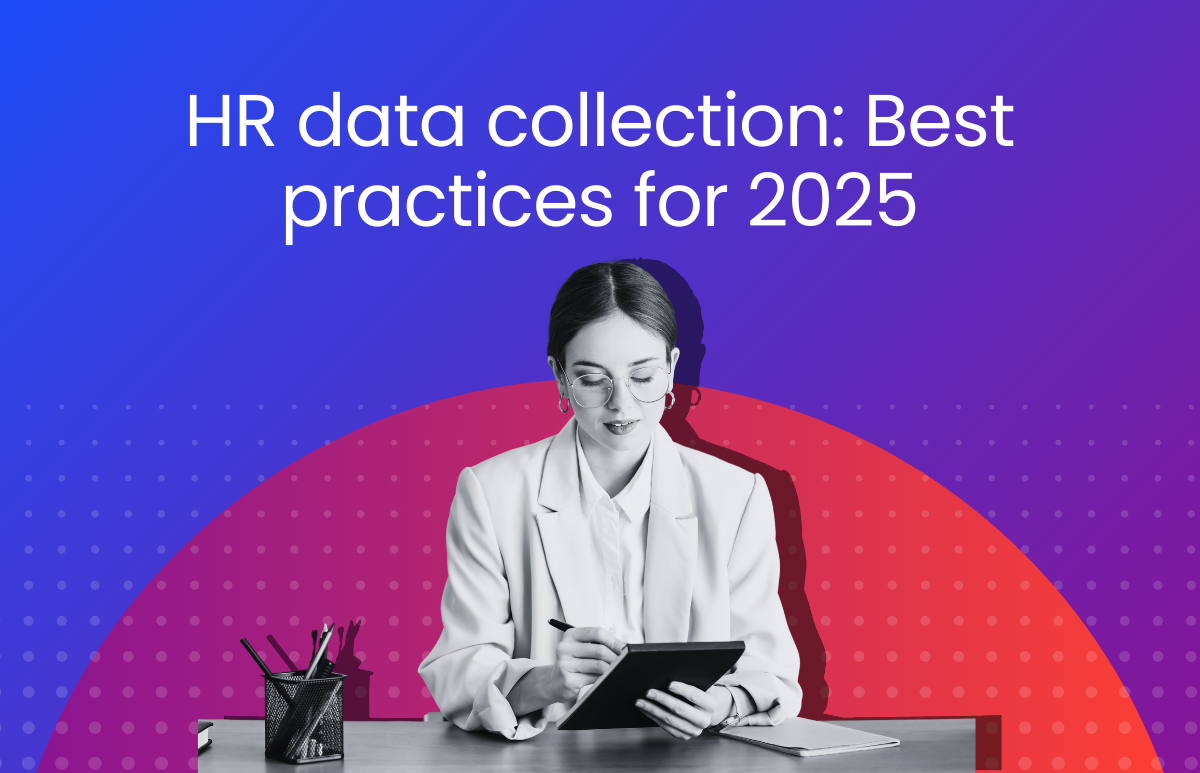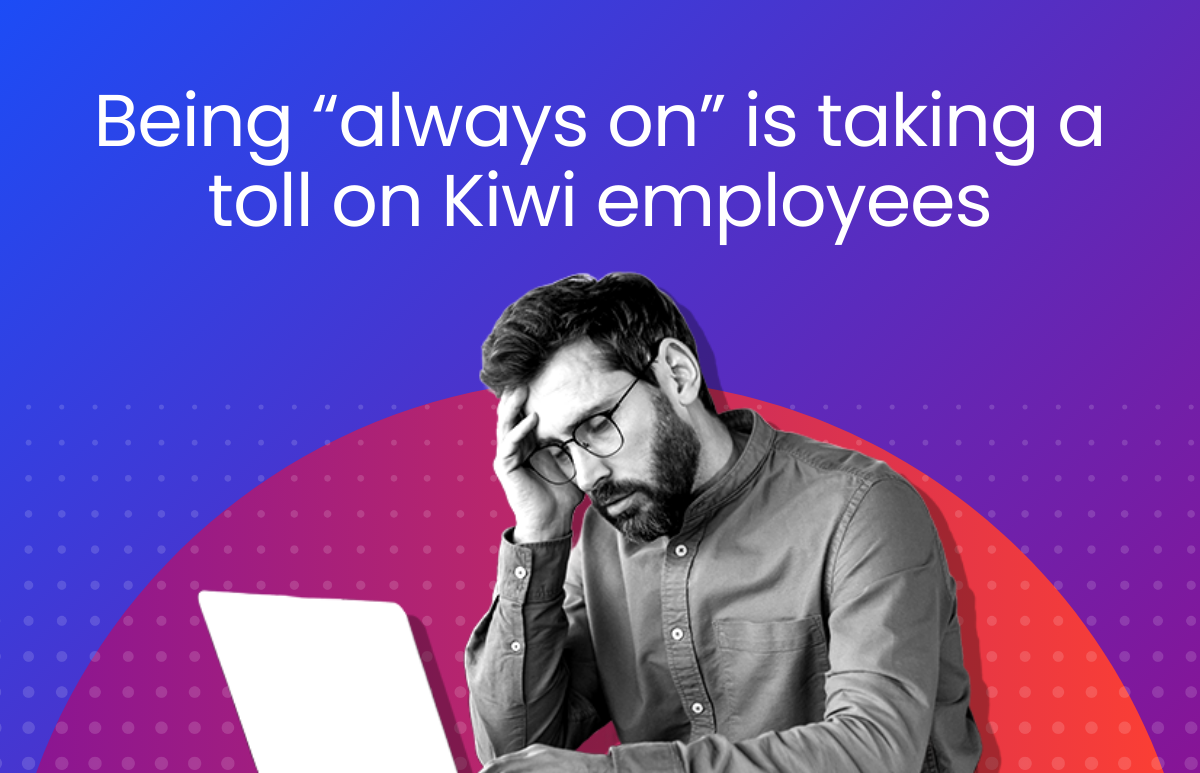7 unique workplace perks offered to employees

“What’s in it for me?”
This is the question prospective candidates ask when looking for a new employer, and if a company wants to bag top talent, their answer needs to be a pretty good one.
Of course, salary increases are highly desirable, but when it comes to employee satisfaction, money isn’t the be all end all. A survey[1] by recruitment firm Robert Half found that 84% of respondents would take a salary cut in exchange for more workplace benefits. Flexibility was cited as the most attractive benefit (47%), followed by the option to work from home, increased holiday allowance, travel allowance and medical allowance.
The Employee Benefits Trend Study 2019[2] also found that 92% of employees surveyed considered flexible working arrangements – i.e. flexible hours and working remotely – as a “must-have” employee benefit, and 76% agreed that being allowed to work from home makes them feel as though their employer trusts them.
ELMO’s whitepaper on maintaining high business performance in a flexible workplace may help your organisation improve on existing workplace practices and aid employee retention.
However, flexibility now seems to be a stock standard benefit; it’s no longer enough to make you stand out from the pack. Listed below are 7 of the most unique workplace perks – and yes, these are legitimate benefits being offered by employers around the world. How does your business compare?
- Fertility funding
In a bid to boost equality, close the gender pay gap and support the LGBTQ+ community, some organisations are offering their employees fertility funding.
It was recently announced that Wall Street investment banking company Goldman Sachs is offering staff members up to US$20,000 towards fertility treatment plans that involve the purchasing or extraction of eggs.
J.P. Morgan Chase is another organisation that is helping its staff to start families, by offering those who qualify up to US$30,000 to fund fertility treatments and surrogacy services.
Highlighting the importance of family positions these organisations as progressive and highly attractive to prospective employees.
- Unlimited vacation days
Blurring the perception of work-life balance entirely is Netflix, who don’t have an official vacation policy.
“Our vacation policy is ‘take vacation’,” reads the Netflix Culture Deck on the company’s careers site. “We don’t have any rules or forms around how many weeks per year. Frankly, we intermix work and personal time quite a bit, doing email at odd hours, taking off weekday afternoons for kids’ games, etc. Our leaders make sure they set good examples by taking vacations, often coming back with fresh ideas, and encourage the rest of the team to do the same.”
Netflix’s self-styled work culture may work for them – and will certainly appeal to workers who crave high levels of freedom – but not all (or many) businesses can adopt such radical practices…yet.
- A four-day working week
The eight-hour working day is a concept steeped in history, dating back to the British Industrial Revolution in the early-19th century (“Eight hours’ labour, eight-hours’ recreation, eight hours’ rest” was the slogan). However, back then a six-day working week was the norm – it wasn’t until almost a century had passed that the five-day working week was introduced in America and eventually in Australia.
If patterns in history are anything to go by, regulations around the length of the working week are due a rewrite. Could it be time to shave a day or two off the five-day working week? Some organisations think it is.
Microsoft Japan put the four-day working week to the test by closing its office every Friday in August 2019 and found that – compared to August 2018 – labour productivity levels increased by 39.9%.
Other businesses have permanently implemented the four-day working week to great effect, like the New Zealand estate-planning firm Perpetual Garden.
Although the demand for a four-day (or less) working week may be rife, deeply ingrained societal concepts are hard to reshape, and organisations with traditional mindsets will be resistant to change. However, adaptability is necessary in the modern-day business space – especially when it comes to attracting and retaining Gen Z workers – so more and more companies may soon follow suit.
- 3pm “coffee gong”
Today, coffee culture and work culture go hand-in-hand. Drinking coffee at work not only boosts energy and productivity levels, but it is also a social affair – and socialising is a key to creating a positive work environment.
The work-coffee relationship is something that software company Slack values highly, which is the reasoning behind their (unofficially named) 3pm “coffee gong”. According to the organisation’s Glassdoor page, every day at 3pm (generally considered to be the time of “the afternoon slump”) the “coffee gong” sounds to urge employees to take a break from work and connect with their co-workers over a cup of joe.
This incentive has huge psychological benefits. According to a 2017 Gallup study[3], encouraging workers to connect with one another and create close work friendships boosts employee satisfaction by 50%. Furthermore, an employee who has a close friend at work is seven times more likely to be actively engaged in their work – and what better way to create close bond than over a coffee?
- Walk and talk meetings
Who says meetings must take place in a meeting room, sitting down? Not LinkedIn.
The company reportedly[4] urges employees to take their meetings outside and around the block in what they call “Walk and Talks”. Fresh air, a change of scenery and body movement can inspire fresh ideas, boost energy levels and lengthen concentration spans. It is, of course, weather-dependent and only feasible based on what the meeting entails, but if it works for LinkedIn, the concept might have legs.
Read our blog on the 5 biggest time wasters for SMBs.
- Nap pods
If battery-powered technology needs regular recharging in order to reach its full performance potential, humans definitely do. This is why tech giants like Google, Facebook and Samsung have built nap pods and “chill out” zones in their offices to encourage employees to power nap, meditate and recharge. The result? Better creative brainpower.
- Shared leave
It’s important for employers to show they understand the modern-day pressures and demands that families face. The Employee Benefits Trend Study 2019 found that 96% of Gen Z (ages 18–22) want to work for an employer that respects its employees’ out-of-work lives. This is compared to 91% of Gen Y (ages 23–36), 87% of Gen X (ages 37–52) and 86% of Boomers (ages 53+).
Amazon’s family-friendly perk “Leave Share” demonstrates their consideration for their staff members’ personal lives. It allows workers to share their paid leave with their partner, in case their partner is not provided with paid leave from their own employer. This initiative makes it easier for families to navigate family obligations such as childcare more easily.
In today’s rapidly evolving business world, workers are subject to increasing demands and financial stresses. It is therefore more crucial than ever before that businesses provide their employees with the understanding and consideration they need to do their jobs well. This doesn’t mean that businesses must come up with “whacky” or “out there” ways to incentivise their employees – they simply need to be attuned to the needs of their employees and adapt accordingly.
Not sure what your employees want? Ask them! Pulse surveys or more in-depth engagement surveys allow you to collect, manage, analyse and compare data at various points throughout the employee lifecycle – enabling you to create strategies that address the needs and wants of employees.
ELMO Cloud HR & Payroll’s end-to-end solutions streamline the entire employee lifecycle, from hire to retire. ELMO addresses all key employee-employer touchpoints, including recruitment, onboarding, performance management, payroll, rostering / time & attendance, learning & development, and more, allowing leaders to better manage workers and continually develop strategic solutions to enhance business performance. To find out more, contact us.
[1] 2019 Salary Guide, Robert Half, 2019
[2] Thriving in the New Work-Life World EBTS Report 2019, MetLife Australia Employee Benefit Trends Study (EBTS) 2019
[3] State of the American Workplace, Gallup, 2017
[4] “Why walking meetings can be better than sitting meetings”, The Huffington Post, 2017
 HR Core
HR Core 









